
On September 27, the 2nd Chamber of the Superior Court of Justice (STJ) unanimously established that the portion related to the update of the Selic rate in the total amount of the tax refund (repetition of indébito) composes the base of calculation for the PIS and COFINS taxes.
The repetition of indébito refers to the return of taxes that were incorrectly paid by a taxpayer. During the judgments of RESp 2,092,417, 2,093,785, and 2,094,124, it was determined that such interests, represented by the Selic rate, have an indemnity nature, differing from capital gains.
The decision of the 2nd Chamber followed the opinion of Minister Mauro Campbell Marques, who defended the understanding of the Treasury, basing his argument on previous judgments made both by the 1st and 2nd Chamber of the STJ.
The decision highlighted the distinction between the terms “income” and “revenue”. As pointed out by Minister Herman Benjamin, income encompasses new wealth, while revenue has a broader definition, including reimbursements and indemnities. Thus, while Income Tax applies to income, PIS and COFINS are levied on revenue. Therefore, the Selic interests arising from tax refunds become part of the base of calculation for these contributions.
This definition becomes particularly relevant in the context of judicial and extrajudicial deposits of taxes, as established in Law 9,703/1998, since they are accounted for at the time the amount is returned to the depositor, already including the interest.